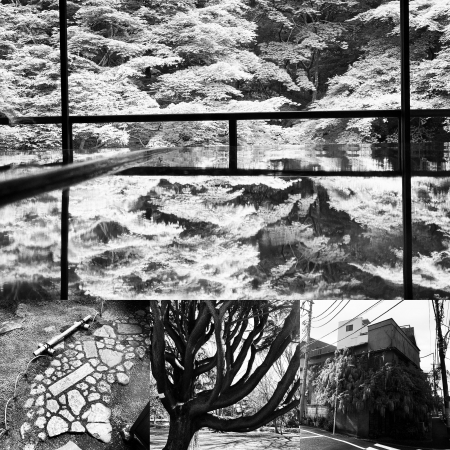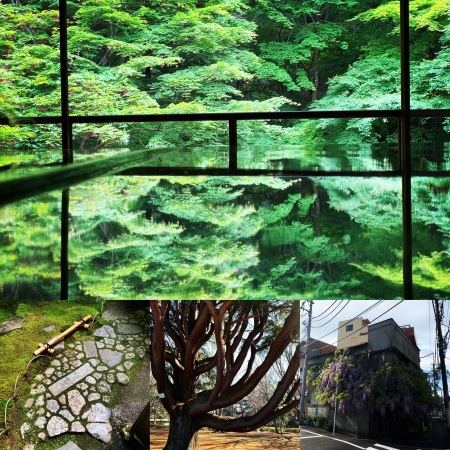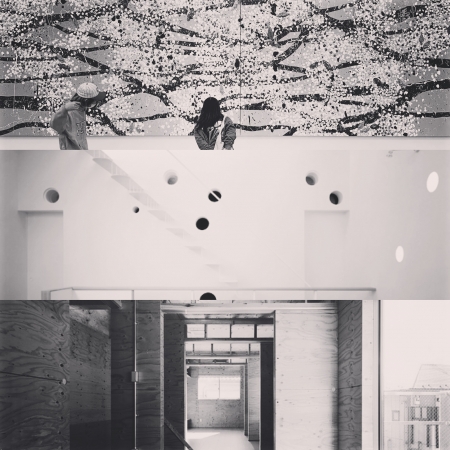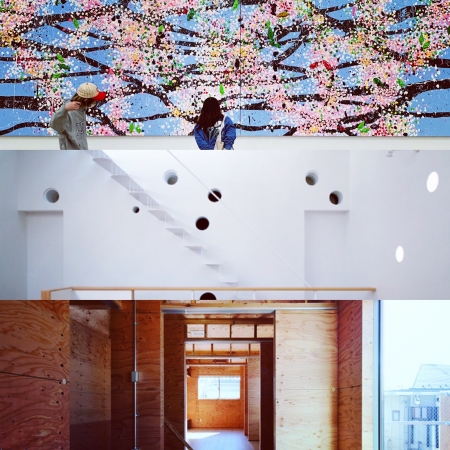関係性と個別の外側
関係性は二次的で個別には存在している、まさによくある集合住宅のことだと思った。個別に存在することは二次的で関係性がまずあるのがシェアハウスか。個別に存在することよりも関係性に注目すれば、形の有無に関わらず、何かをつくる時のヒントになるのだが、それよりも関係性と個別の存在の外側に何かあるだろうかが今の関心事である。
"Relationship and individual outside"
I thought that the relationship was a very common apartment house that was secondary and existed individually. Is it a share house that exists individually is secondary and has a relationship first? Focusing on relationships rather than being individual is a hint when creating something, with or without shape, but is there anything outside of relationships and individual beings? Is the current concern.








